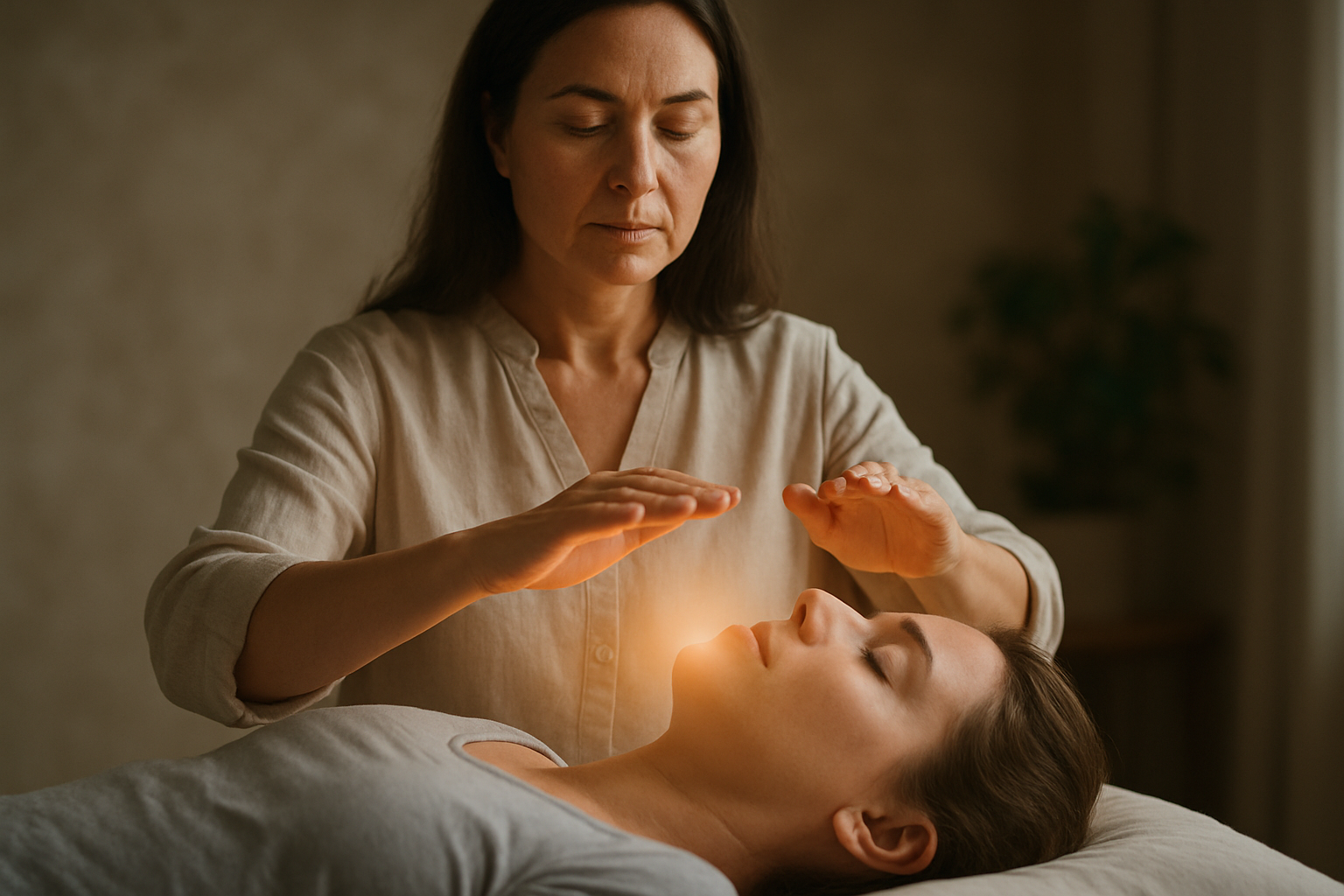Chromotherapy: The Spectrum of Wellness
In the ever-evolving landscape of beauty and fitness, an intriguing approach to holistic well-being is gaining traction: chromotherapy. This ancient practice, also known as color therapy, harnesses the power of different hues to promote physical, emotional, and mental balance. While the concept of using colors for healing dates back thousands of years, modern science is now exploring its potential applications in wellness routines, spa treatments, and even home decor. As we delve into the world of chromotherapy, we'll uncover its rich history, examine current trends, and explore how this colorful technique is making waves in the beauty and fitness industry.

The modern revival of chromotherapy began in the late 19th century when scientists like Edwin Babbitt and Dinshah Ghadiali conducted extensive research on the effects of color on human health. Their work laid the foundation for what would become a growing field of alternative medicine and wellness practices.
The Science of Hues
While skeptics may dismiss chromotherapy as pseudoscience, recent studies have begun to shed light on the potential benefits of color exposure. Research has shown that different colors can indeed influence our mood, cognitive function, and even physiological processes. For example, exposure to blue light has been found to affect circadian rhythms and sleep patterns, while green environments have been linked to reduced stress and improved mental well-being.
The mechanism behind chromotherapy is thought to involve the body’s response to different wavelengths of light. Each color corresponds to a specific frequency, which may interact with our cells and organs in unique ways. Proponents of chromotherapy argue that these interactions can help restore balance and promote healing in various body systems.
Chromotherapy in Modern Wellness Practices
Today, chromotherapy is finding its way into a variety of wellness and beauty applications. High-end spas and wellness centers are incorporating color therapy into their treatments, offering experiences that go beyond traditional massage or facial services. These may include:
-
Chromotherapy saunas: Equipped with color-changing LED lights, these saunas allow users to bask in different hues while enjoying the benefits of heat therapy.
-
Color-infused facials: Some estheticians are using colored LED lights during facial treatments, claiming specific benefits for different skin concerns.
-
Chromotherapy showers: Luxury bathroom fixtures now include shower heads with built-in LED lights, allowing users to start their day with a colorful, mood-enhancing experience.
-
Colored meditation spaces: Wellness centers are creating dedicated rooms with adjustable lighting for color-based meditation sessions.
The Palette of Health Benefits
Advocates of chromotherapy associate different colors with specific health benefits:
-
Red: Often linked to increased energy, improved circulation, and stimulation of the adrenal glands.
-
Blue: Believed to have a calming effect, potentially lowering blood pressure and reducing stress.
-
Green: Associated with balance and harmony, thought to support the immune system and promote emotional stability.
-
Yellow: Connected to mental clarity and improved digestion.
-
Purple: Linked to spiritual awareness and potential pain-relieving properties.
While scientific evidence for these specific claims remains limited, the psychological impact of colors on mood and well-being is well-documented.
Integrating Chromotherapy into Daily Life
Beyond spa treatments and specialized equipment, individuals are finding creative ways to incorporate chromotherapy principles into their daily routines:
-
Color-coded workouts: Some fitness enthusiasts are experimenting with color-themed exercise sessions, using specific hues to enhance motivation or relaxation during different types of workouts.
-
Chromotherapy-inspired skincare: Beauty brands are launching products that claim to harness the power of color, such as color-correcting serums or mood-enhancing face masks.
-
Home decor for well-being: Interior designers are increasingly considering the principles of chromotherapy when creating living spaces, using color schemes to promote relaxation, productivity, or creativity in different rooms.
-
Colorful nutrition: The concept of “eating the rainbow” is gaining popularity, encouraging people to consume a variety of colorful fruits and vegetables for optimal health.
The Future of Color Therapy
As interest in holistic wellness continues to grow, chromotherapy is likely to evolve and expand its reach. Future developments may include:
-
Personalized color prescriptions: Advanced diagnostic tools could potentially determine an individual’s “color needs” based on their physical and emotional state.
-
Wearable chromotherapy devices: Smart clothing or accessories that emit beneficial colors throughout the day.
-
Integration with light therapy: Combining chromotherapy with other light-based treatments for enhanced effects.
-
Evidence-based protocols: Increased scientific research may lead to more standardized chromotherapy practices in medical and wellness settings.
While chromotherapy remains a controversial topic in some circles, its growing popularity in the wellness industry is undeniable. As we continue to explore the complex relationship between light, color, and human health, chromotherapy offers a unique and visually appealing approach to well-being. Whether used as a complement to traditional treatments or as a standalone wellness practice, the colorful world of chromotherapy invites us to see health and beauty through a new, vibrant lens.





